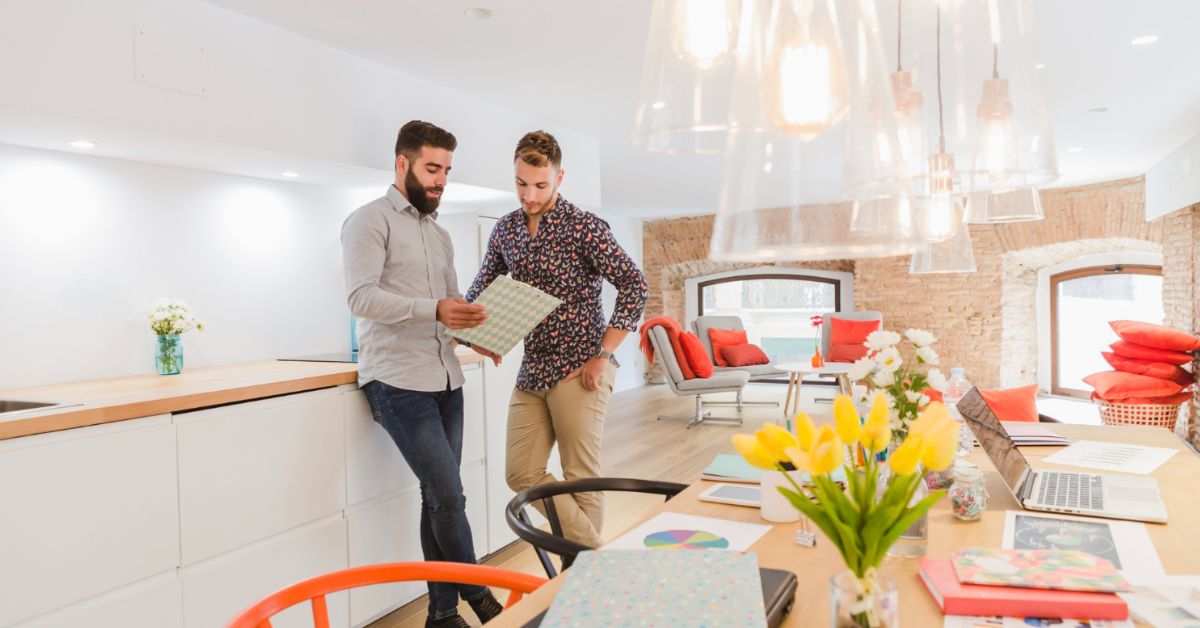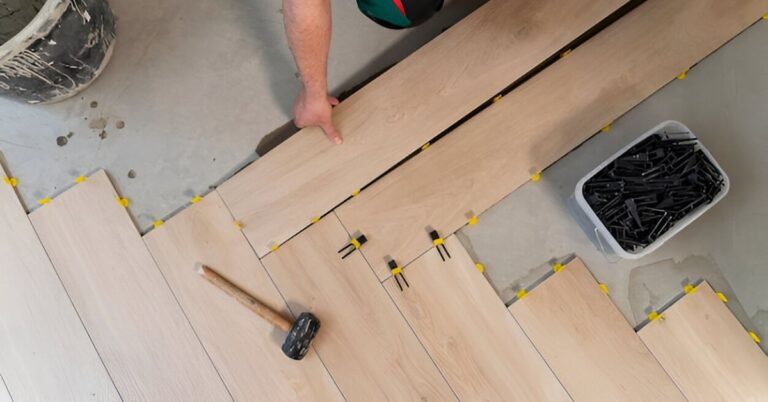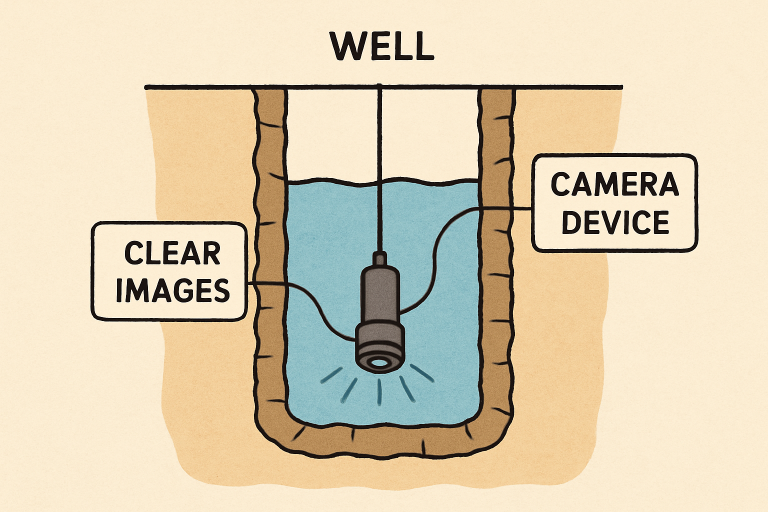Style Meets Savings: Smart Decorating Tips to Make Your Space Look Luxe on a Lean Budget

Why Affordable Decor Matters
A stylish home doesn’t have to come with a hefty price tag. For many, the joy of decorating stems from expressing their personality, creating a comfortable space, and welcoming family and friends into an inviting environment. More recently, the rising cost of living has prompted people everywhere to reconsider their approach to decorating without overspending. Focusing on affordable transformation encourages resourcefulness and transforms budget constraints into opportunities for a more meaningful, personalized home.
There’s a growing awareness that you can achieve “designer looks” by planning, watching for discounts, and thinking creatively. With numerous online retailers hosting major events, such as the Wayfair sale, shoppers can find deals on both statement pieces and essentials. Whether you’re outfitting a new apartment or refreshing your living room, patience and timing often pay off. Taking a strategic, research-driven approach to home decor not only helps your dollars go further but also allows your home to evolve with your style and needs.
How to Prioritize Your Decor Spending
It’s easy to be tempted by every stylish accessory or trendy accent you see, but successful budget decorating often starts with strong priorities. Focusing your spending on big-impact items —those used daily or central to your lifestyle —ensures you’re investing in comfort and longevity. Here’s a simple plan for prioritizing your home decor funds:
- Focus on Comfort-First Purchases: Key pieces, such as sofas, armchairs, and beds, will anchor your room both stylistically and functionally, providing a solid foundation for your overall design. Investing a little more here pays off every day.
- Scale Back on Short-Lived Trends: Accessories like throws, vases, and wall art allow you to explore trends without needing to be expensive or replaced often. Grab these at low prices or wait for off-season sales.
- Clever Rearrangement: Before buying, experiment with what you already own. Try moving side tables, lamps, or prints into a new spot for a quick and cost-free room refresh.
- Minor Updates, Major Impact: Sometimes, a can of paint or a new set of drawer knobs can completely change a piece of furniture. Paint accent walls or update kitchen cabinets for a notable transformation at little cost.
By thoughtfully dividing your budget, you’ll avoid overspending on extras and naturally develop a style that evolves, adapting to new needs and tastes.
Smart Shopping Strategies for Home Furnishings
Making the most of your decor budget often starts with savvy shopping habits. Signing up for promotional alerts, using digital coupons, and following reputable sources for sale announcements can yield big rewards. Waiting for flash sales or clearance events, especially at the end of the season, can result in dramatic price drops on everything from rugs to lighting.
- Always compare prices across multiple platforms before purchasing large items; what’s full price at one store might be discounted at another.
- Read product reviews and inspect photos closely; this helps to avoid disappointment and ensures you’re not compromising on quality for the sake of price.
- Check shipping fees and return policies—some deals might not be as cost-effective after factoring in those extra costs.
- Combine items in bulk orders or wait for free shipping promos to stretch your budget even more.
Some shoppers use browser extensions that automatically scan and apply available discounts at checkout, making savings effortless. By layering these simple, deliberate actions, you can fill your home with pieces you love for less. Remember, being flexible with your brand or color can open up opportunities to maximize value without compromising your vision.
Thrifting and Secondhand Treasure Hunting
Exploring thrift shops, consignment stores, and digital marketplaces can be a treasure hunt for affordable home upgrades. Many people are surprised to find quality wood furniture, one-of-a-kind accent pieces, and vintage items for a fraction of the new retail price. Shopping secondhand not only saves money but also offers a sustainable way to furnish your home, keeping unique pieces out of landfills and in circulation.
- Visit thrift stores in higher-end neighborhoods for better quality finds, or check for estate sales in your area.
- Be open to pieces that need a little love: scratches or faded finishes can often be remedied with a gentle cleaning, fresh paint, or new hardware.
- Act quickly for the best finds; great deals tend to sell out fast. Use mobile apps or online alerts to get notifications when new items drop.
- Negotiate when appropriate, especially for larger or gently used items, as sellers want to move inventory quickly.
Every piece from a thrift or consignment shop comes with a history, making your home feel unique and thoughtfully put together.
DIY Solutions to Boost Style on a Budget
Personalized decor doesn’t require a big spend. Often, it just takes a willingness to get creative. DIY projects, whether it’s painting an abstract mural, refinishing a bedside table, building your shelves, or creating custom wall hangings, allow you to stamp your identity on your home for a fraction of the retail cost. Engaging in hands-on work can boost satisfaction and pride, as recent trends show more people are reclaiming home improvement as a creative hobby.
- Paint is one of the most cost-effective ways to update a space. Consider a bold color on a single wall or refreshing worn-out furniture.
- Removable wallpaper or decals can easily transform a rental or child’s bedroom, adding style without risking your deposit.
- Transform recycled materials, such as glass jars, fabric remnants, or unused tiles, into functional home accents, including storage containers, planters, or vibrant mosaics.
- Follow online video tutorials or join community workshops to learn new skills and work alongside others who share your interests.
DIY doesn’t need to be overwhelming; start small with projects you can complete in an afternoon and build confidence for bigger transformations as your skills and experience grow.
Mixing Trends and Classic Pieces
Decorating on a budget doesn’t mean your home can’t feel current and fresh. The real trick is thoughtfully integrating trendy touches with time-tested classics instead of starting from scratch every season. Interior designers have long recommended selecting core furniture in neutral tones or classic shapes, then using seasonal textiles, art, and accessories to inject personality or try out the latest looks.
- Keep sofas and dining tables versatile and timeless; update their vibe with colorful pillows, runners, or inexpensive slipcovers.
- Swapping out accent pieces like table lamps, planters, and framed prints gives you plenty of room to experiment without major investment.
- Layer textures—like chunky knits, woven baskets, or metallic trays—add depth and character, making even modest spaces feel custom.
- Shop end-of-season markdowns for on-trend items you can squirrel away for a fresh look next year.
This approach maintains continuity throughout your home and encourages slow, intentional improvement rather than impulse redecorating.





